While qualifying and the race are the key moments of every weekend to score points, the free practice sessions are crucial for preparing the cars.
During these sessions, the set-up is determined - and in Monaco, it is even more important than other locations.
Each team follows a predetermined work plan, divided into three sessions. Each session is logically linked to the others and provides clues and useful data for determining the most appropriate adjustments during the weekend.
It is very interesting to analyse in detail how the setup of a Formula 1 car is determined and evolves. At Monaco, the procedure is more complex than at other tracks because of the huge change in grip during the weekend.
The aerodynamic configuration usually fitted is a lot of downforce, with wings at high angles of attack - but this is only the basic setup of the car. In Monaco, the refinement phase of the setup is very important and definitely worth describing in detail.
Viewed by others:
Aerodynamic setup
Setting the car up starts with the adoption of a predetermined mechanical and aerodynamic setup. This is the time when it is possible to compare two different configurations, to decide which one confirms the readings from the simulations.
The tyres used are usually not the hardest or the softest of the available compounds. In this way, they form a neutral element for performance purposes, which does not affect the data from the tests.
In Monaco, this will probably be done on the C4 compound, which is the Medium tyre in the Principality.
Approximately 40/45 kg of fuel are loaded, sometimes even 50, (five kg more or less gives a difference of around one-and-a-half tenths).
Gradually, the aerodynamic and mechanical configuration is refined between the second part of FP1 and the first part of FP2. There is a tendency to increase the incidence of the flaps, simulating the most advanced configuration from qualifying.
The torsion bars (elastic element of the suspension) are replaced to guarantee maximum grip to the front wheels. The different solutions are evaluated with runs of 6 to 8 laps, with the softest tyres fitted.
Driving height
The second part of FP2 often involves long-run testing - that is, with higher ride heights in relation to the greater fuel load and the tyre compounds that will be utilised in the race.
In Monaco, higher ride heights and a less rigid setup are generally adopted, mainly to obtain adequate utilisation of the grip produced by the tyres in tight corners such as Grand Hotel Hairpin (Turn 6) and Rascasse (Turn 16).
This usually determines a sharp reduction in the downforce generated by the floor of the car, especially in the fastest part through the famous tunnel.
In general terms, it can be said that Monaco does not reward the top performance of the cars, but rather the precision of cornering and traction on exit.
The mode of the power unit in terms of energy distribution also has a significant effect in this area.
Also interesting:
In the latest episode of the RacingNews365.com podcast, Ian Parkes, Samuel Coop and Nick Golding look back at this weekend's Emilia Romagna Grand Prix, where Max Verstappen and Lando Norris went head-to-head for the victory around the famous Imola Circuit as McLaren continue to pile the pressure on Red Bull!
Rather watch than listen to the podcast? Click here.
Most read
In this article


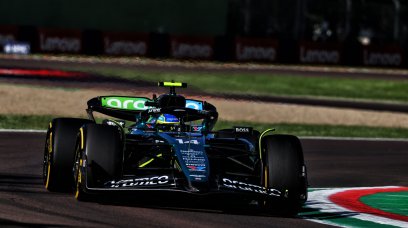
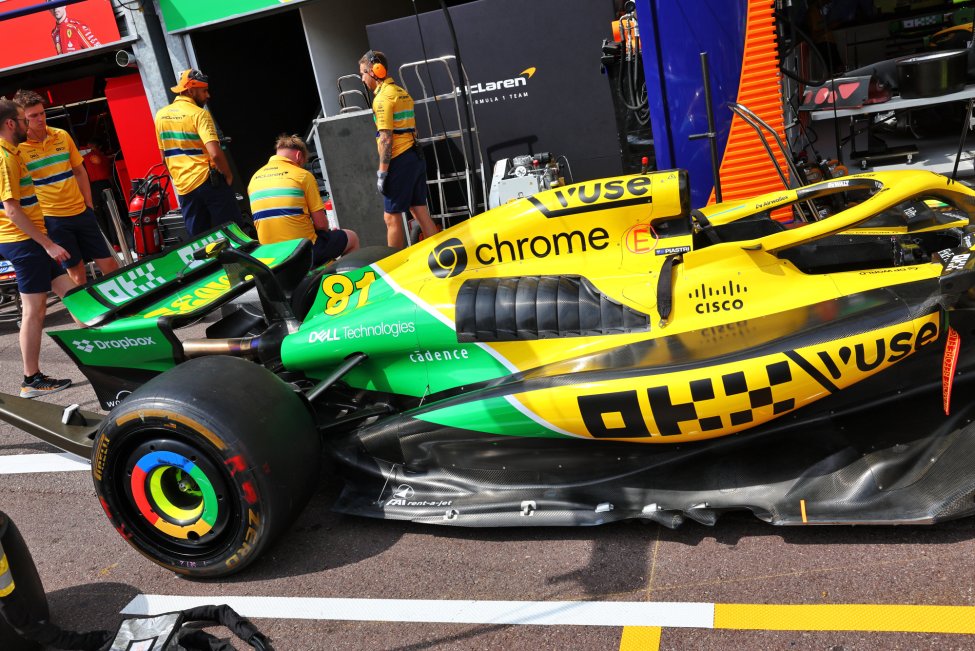


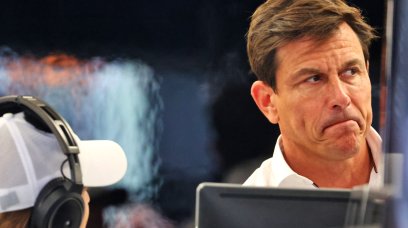
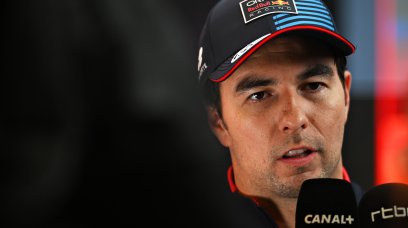


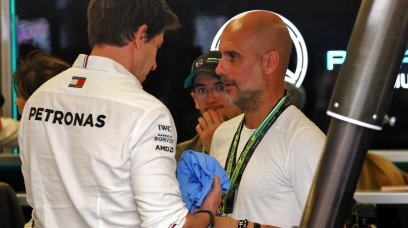

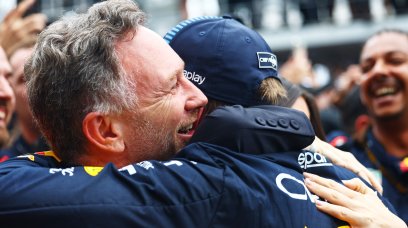












Join the conversation!